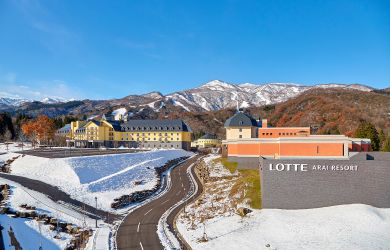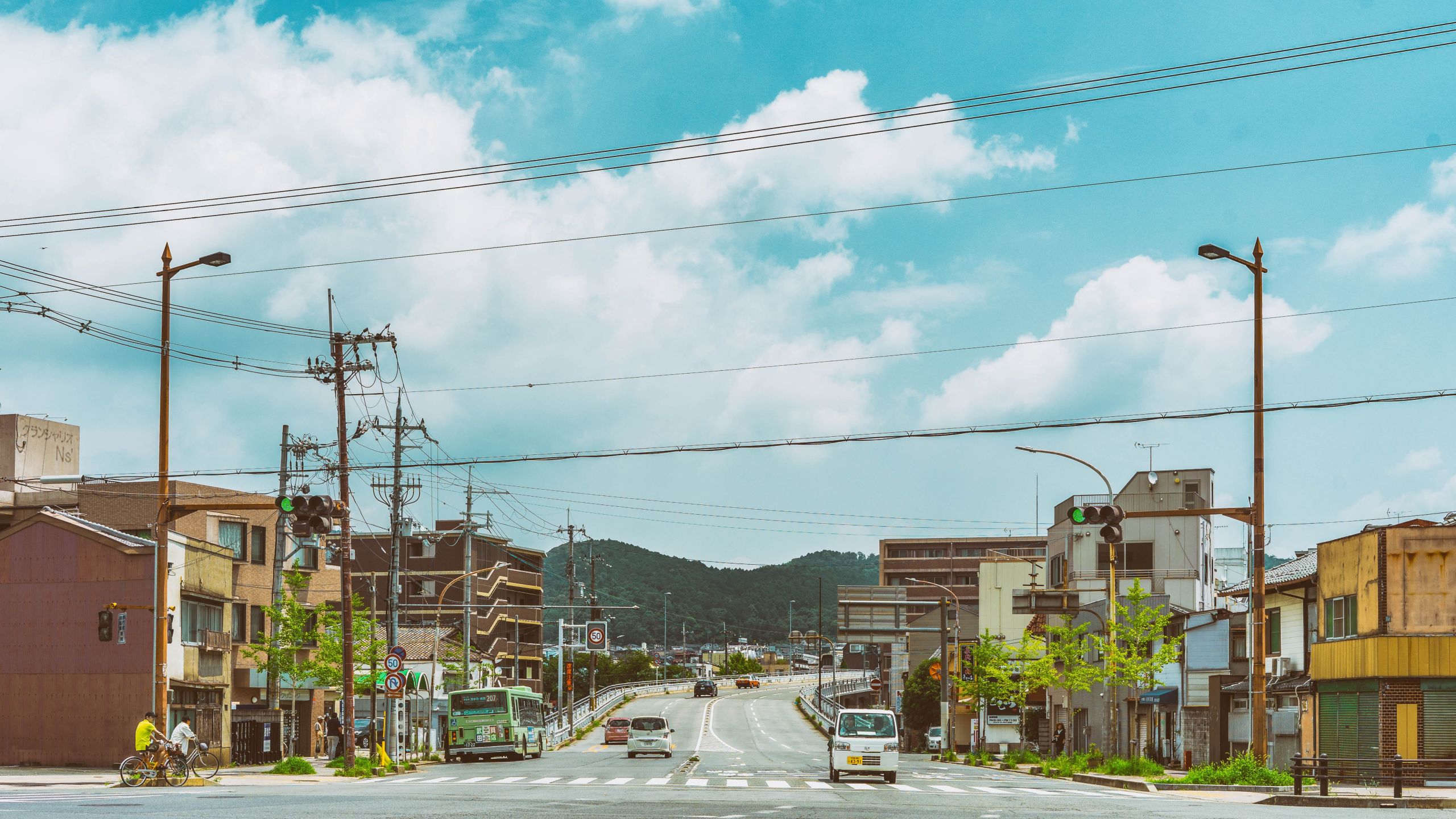
November 17, 2020
The Hitchhiker’s Guide to Japanese Highways
How to make the most out of catching a ride from the capital
“Why did you choose us?” Risako asked. Just a half hour before, two friends and I had hopped into Risako and her boyfriend’s sports car in a rest area around Hamamatsu. This was definitely a question I wasn’t expecting to be asked when I decided to embark on a hitchhiking trip that would take three broke and desperate Japanese language students from Tokyo to Osaka for a four-day trip during Golden Week.
The couple, in their late 20s, who had let us into their car felt honored that, out of all the people at the rest area, we had chosen to ask them for a lift. They felt special. And so did I. I felt special when they handed me a freshly made Frappuccino I didn’t order; when I — the one riding in a stranger’s car for free — received a small plush keychain “to keep as a memory,” or when they asked if I was comfortable enough.
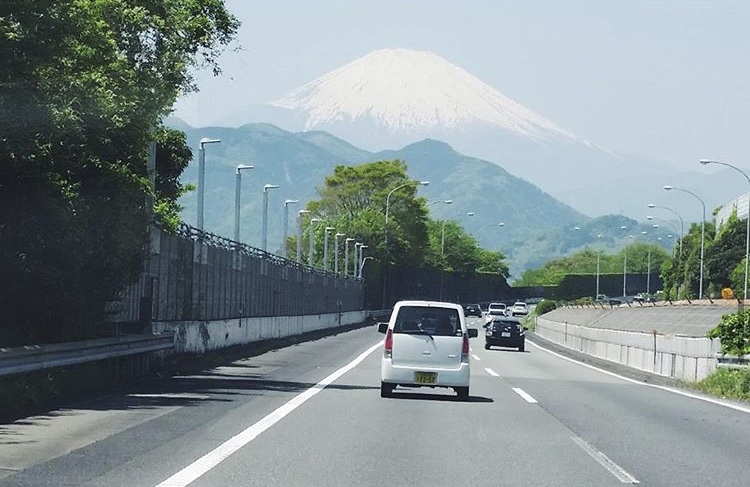
Step1: Make the leap
It was already the end of May when the three of us decided we didn’t want to wander around Tokyo aimlessly for the whole of Golden Week, and we started thinking about setting foot in Kansai for the first time to visit Osaka and Kyoto. There was just one problem. Travel expenses are ridiculously high during the national holiday, and our part-time jobs at an Italian restaurant were not enough to support the last-minute plan.
The thought of hitchhiking came up straight away and, after a day of desperate research for cheap buses and accommodation, we decided to give it a chance.
We tried to understand which direction they were going by looking at their car registration plate. That way, we’d have a better chance of finding a longer ride, or even one that could bring us all the way to our final destination.
Step 2: Get out of Tokyo
The most challenging part of planning a hitchhiking trip from the capital is figuring out how to leave Tokyo. It’s very hard trying to find a lift from the middle of a busy city like Shibuya or Shinjuku. The most desirable choice is to reach a rest area, service area (SA) or a parking area (PA) that you can access on foot. This is what we opted for and it worked out surprisingly well. The other option is to figure out which kōsoku-dōro (expressway) you should get on and try to pick up a ride by standing outside an interchange.
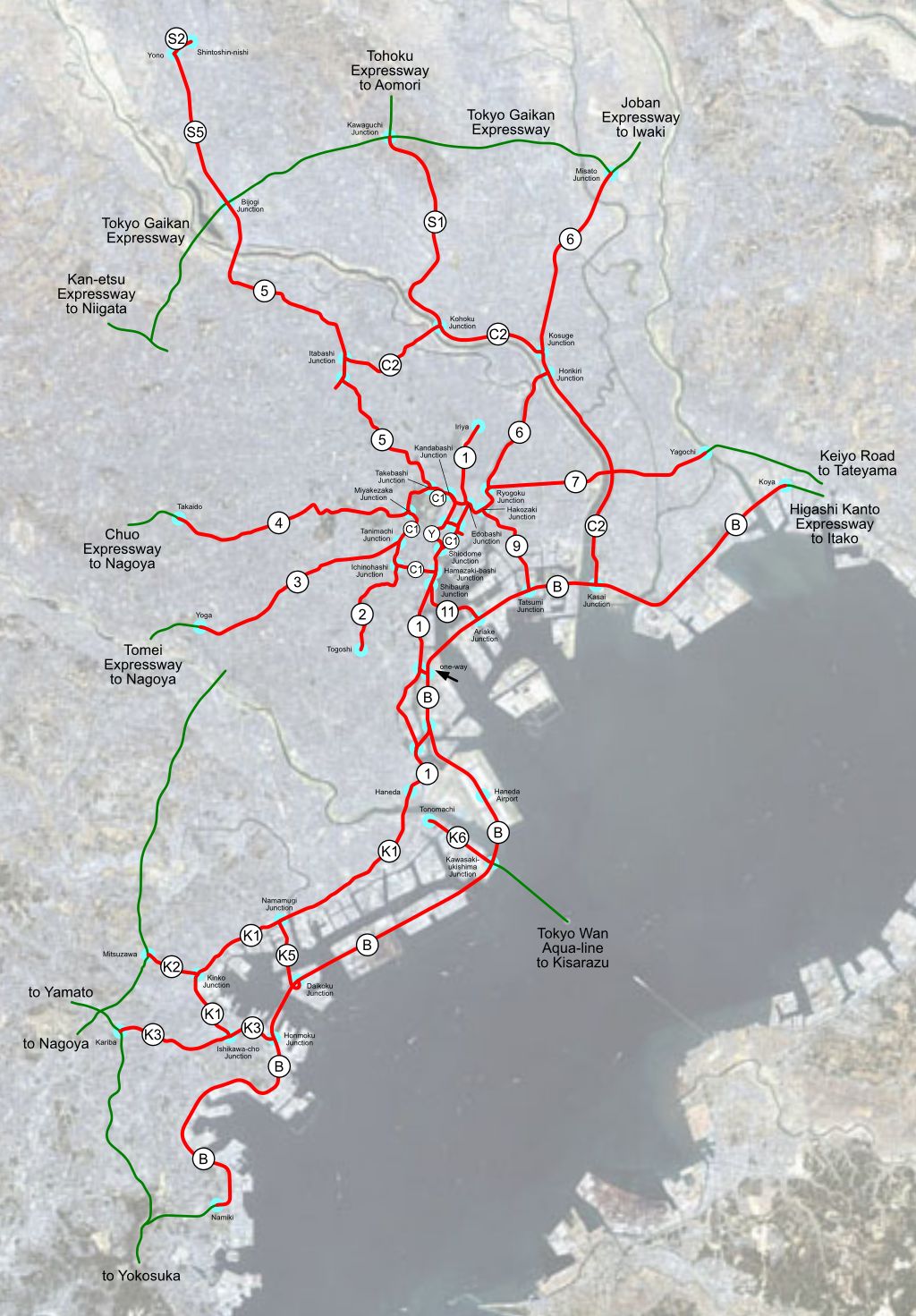
At around 8am we jumped on a Den-en-toshi Line train heading southwest. From Fujigaoka Station in Kanagawa, we walked to the Kohoku parking area. We started our trip early in the morning, not sure how long it would take to reach Osaka via our unconventional method. If night approached before we were able to arrive, we planned to spend most of it in a 24-hour service area (I was amazed to discover that in some you can even take a shower) to find the most comfortable looking seats and try to sleep for a couple of hours. We made sure to have a rough idea of the possible routes and expressways to our destination, as well as trying to pinpoint some big SAs or PAs to be dropped off at.
Step 3: Find the right car
From there, our strategy — the product of a couple of hours of intense planning — was to keep moving between PAs or SAs. Note that hitchhiking in Japan is not illegal but it is illegal to stand or walk on the expressway. Instead of writing out our direction with old-fashioned paper and pen, we decided to test our Japanese skills by asking people directly as they were getting in their car. We tried to understand which direction they were going by looking at their car registration plate. That way, we’d have a better chance of finding a longer ride, or even one that could bring us all the way to our final destination. The amount of people in Japan who are willing to make huge detours to help a kawaisō (pitiful) foreigner on their limited-budget adventure is surprising.
This is how we met Risako and her boyfriend, Yutaro, who took us from Hamamatsu to around Toyokawa. After we said goodbye to them, we found rides one after another so quickly that I genuinely thought, this is too easy. Our ideal target, as three women, was either friendly-looking couples or decent-sized cars we spotted in the parking lot.

Step 4: Travel light and don’t lose hope
By 3pm we were in Mie Prefecture, more than halfway to our destination, but we were definitely stuck. We split up and we spent hours asking every couple that got on our way with no luck. I started reviewing our Plan B in my head: being dropped off at a bigger service area or train station for the night. Just when panic started kicking in, I saw my friends on the other side of the parking lot talking to an obaasan (older lady) and ojiisan (older man) in their seventies. “Our car is small and a little bit dirty… it is ok?” they asked. Without hesitation, we jumped on board and squeezed our small, but very full backpacks (we had one each) between our legs in the back seat. I was so happy we were traveling light.
The conversation with the couple was probably the hardest one we had. Neither could speak any English and their accent was way different from what we learned from our textbooks. I was surprised when, just before dropping us off at the Kameyama parking area, the obaasan handed me a note with their address and phone number. “If you ever come around we will be happy to host you,” she said.
The most challenging part of planning a hitchhiking trip from the capital is figuring out how to leave Tokyo.
The language barrier is a considerable obstacle and some basic, if not intermediate, Japanese skills can be a great deal of help when hitchhiking in Japan. We always started our approach and requests with sumimasen (excuse me). A must for politeness in Japanese, the word became our holy grail.
We waved goodbye to the old couple from Ise and we went back to our hunt. We were less than 200 kilometers away from Osaka. We decided to split up again. I spotted several cars with Osaka registration plates and decided to wait on the side, like a lion stalking its prey. At last, we found our final ride.
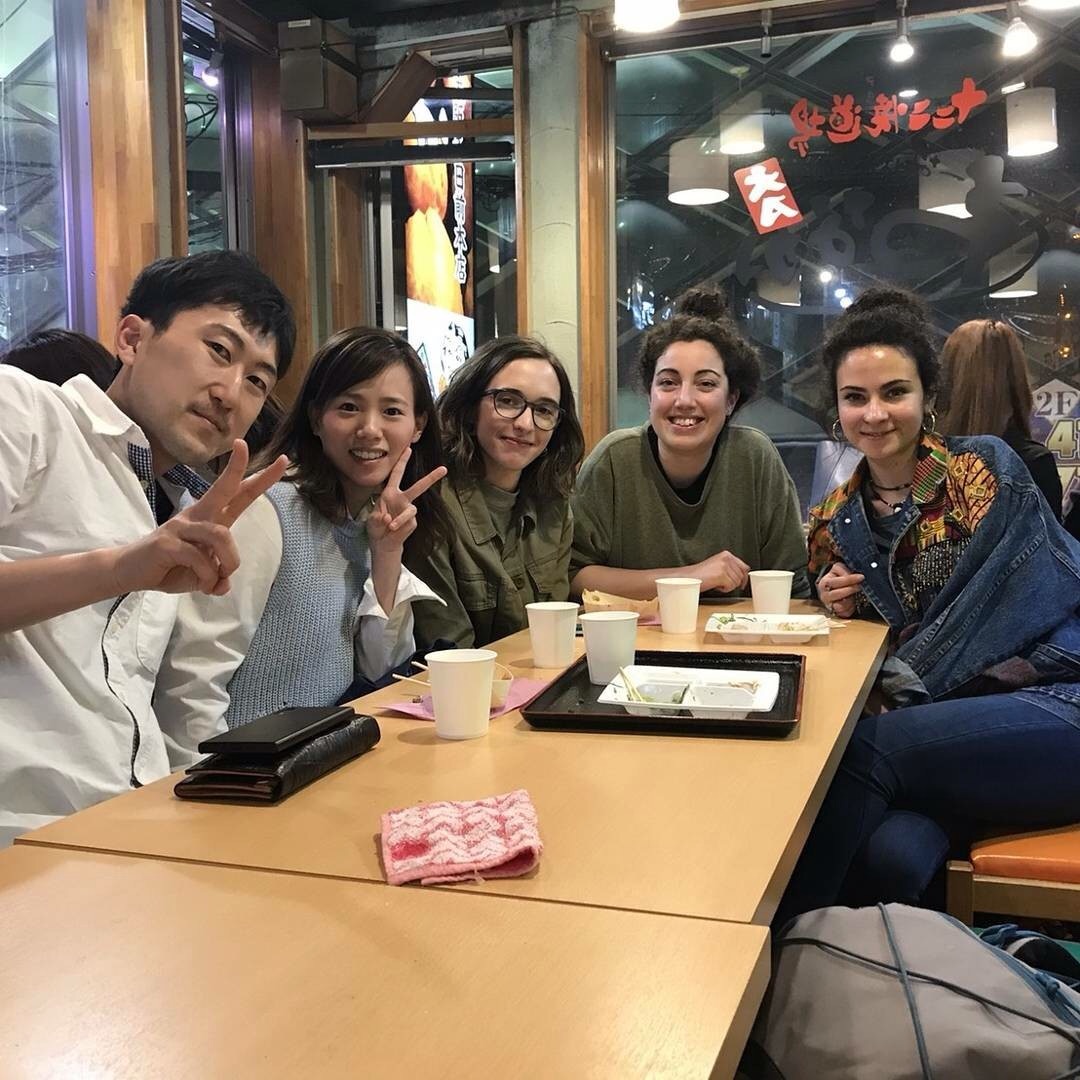
By 9pm, I could see the dim lights of the Meishin Expressway growing brighter and brighter from my rear seat window. The contour of the city progressively unfolded: pedestrians, traffic lights, bikes. We entered Osaka in high spirits, looking forward to some fragrant takoyaki (a fried octopus snack), which we ended up eating with our final hosts, a couple in their 30s from Osaka who helped us in our last sprint towards the destination.
This experience, one that started merely as a way to save money, ended up being so much more than I expected. I was amazed at the familiar atmosphere we were able to create with everyone throughout the trip in such a short time (the longest ride being a little over two hours) despite being not just complete strangers, but also foreigners. We shared anecdotes from our lives, photos, food and drinks with one another. We sang and taught them Italian. It was like we were on a road trip with friends or family. Two years later, hitchhiking in Japan is one of the reasons I decided to give life in a new country a chance.
 Vocabulary and useful sentences for hitchhiking in Japan
Vocabulary and useful sentences for hitchhiking in Japan
To hitchhike
hicchi haiku suru (ヒッチハイクする)
Can you give us a lift, please?
kuruma ni nosete itadakemasuka (車に乗せていただけますか)
I’m going to —. Are you heading in — direction?
— ni ikitai no desuga, — houmen ni ikimasuka (— に行きたいのですが、— 方面に行きますか)
Until where can you take me/us?
Doko made okutte itadakemasuka (どこまで送っていただけますか)
Can you take me/us to the next service area?
Tsugi no sabisu eria made okutte itadakemasuka (次のサービスエリアまで送っていただけますか)
Thank you so much for your help.
Honto ni arigato gozaimasu, tasukarimashita (本当にありがとうございます、助かりました)
Can you please call the police?
Keisatsu wo yonde itadakemasuka (警察を呼んでいただけますか)
Useful resources
Some of the websites that helped me through the journey
A guide on how and where to hitchhike, with detailed explanations on how to get to expressways
wikitravel.org/en/Hitchhiking_in_Japan
Some useful websites to check and to look up expressway networks, routes, service areas and rest facilities
en.driveplaza.com/
globalsapa.c-nexco.co.jp/en/search/services/
www.w-holdings.co.jp/en/map.html
The nationwide emergency phone numbers are:
Police: 110
Ambulance/Fire: 119
Books to get in the mood for hitchhiking travel
Will Ferguson, Hokkaido Highway Blues: Hitchhiking Japan. Canongate Books, 2003
Will Ferguson, Hitching Rides with Buddha. Canongate Books, 2006




